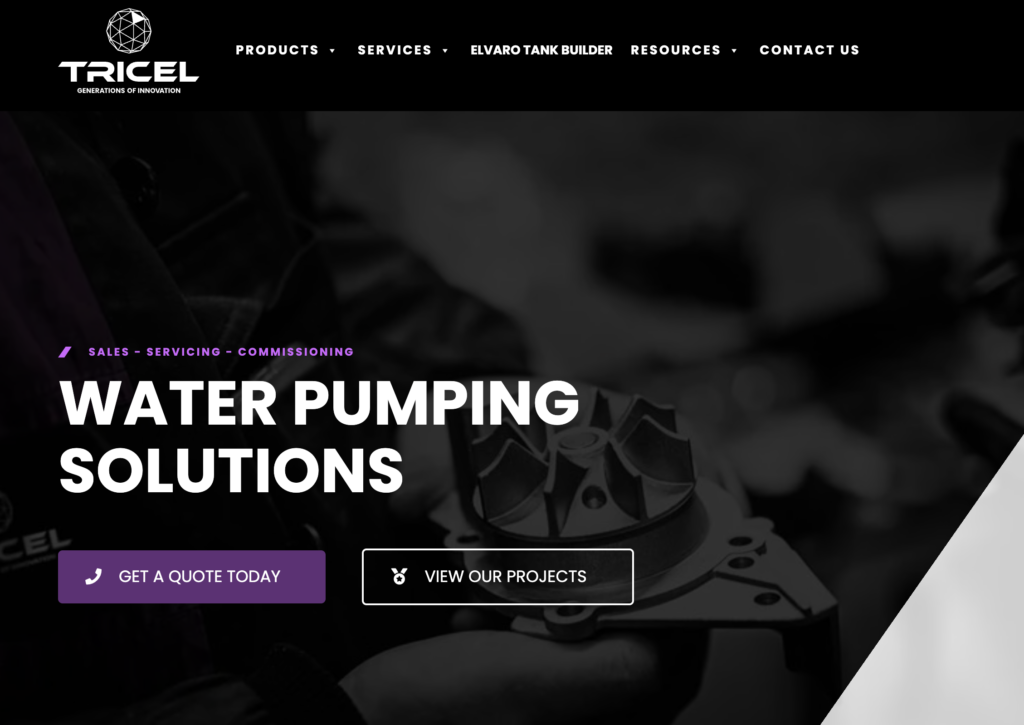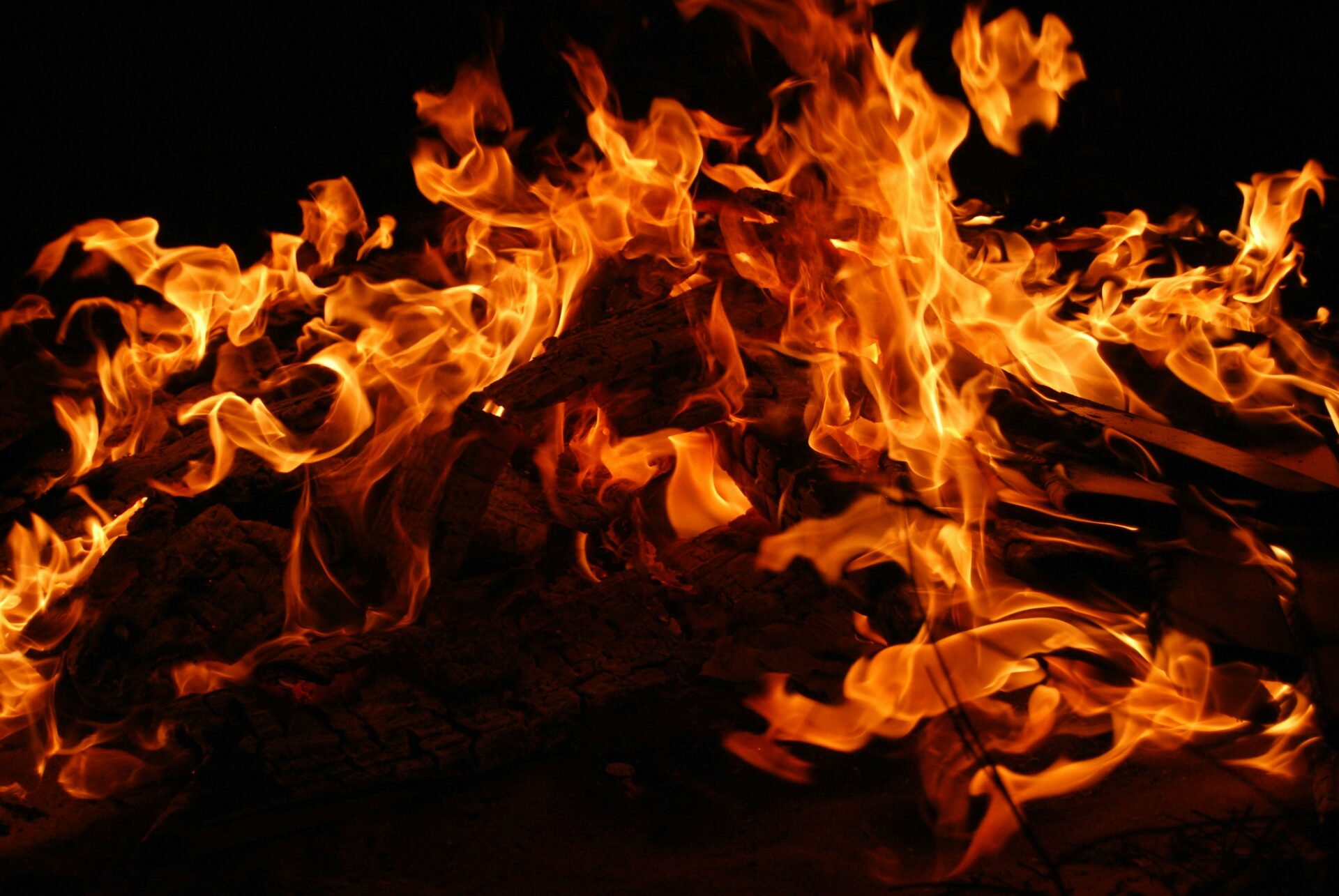
fire sprinkler systems
Home » Cold Water Storage Tanks » Fire Sprinkler Systems
Fire sprinkler systems are necessary because they are an effective means of fire protection. The National Fire Chiefs Council conducted research that concluded that fire sprinkler systems worked as they should in over 90% of the cases they analysed, and in approximately all of the cases, the fire was successfully extinguished. This makes sprinkler systems essential in commercial and industrial settings.
Types of fire sprinkler systems
Wet Pipe – This is the most common type found in residential buildings where there is no danger of freezing. Wet pipe sprinkler systems provide a fast-acting solution and are required in high-rise buildings to protect the property and lives of people in the building. We have a range of sprinkler tanks that support your fire sprinkler systems.
Alternate Pipe – Generally, the pipes are full of water during the summer; in winter, they are drained and replaced with compressed air.
Dry Pipe – Unlike wet pipe sprinkler systems, the dry pipe takes longer to activate, so they are commonly used in unoccupied buildings where the pipes may freeze or burst. The sprinkler system is filled with compressed air. Once a fire is detected, the compressed air will go out of the pipe, resulting in water flowing through the pipes to the sprinkler heads.
Pre-action – A combination of wet and dry pipe systems is typically found in buildings at a high risk of water damage. Pre-action sprinkler systems are standard in buildings where it is not suited to have pipework full of water. The pipes are filled with air, and water is only released into the pipes when a fire is detected.
Single supply tank – This sprinkler tank is designed to protect against corrosion and only requires emptying and maintaining once every three years.
Superior Supply Tank – Maintenance checks for this sprinkler tank are only required once every ten years. Life Safety System – These form an integral part of your fire suppression system, especially where evacuating the building depends on the sprinkler system’s performance, and sprinklers are required expressly for life safety purposes. A vital feature of the system is that the sprinkler installation shall be fully operational in all aspects during servicing.

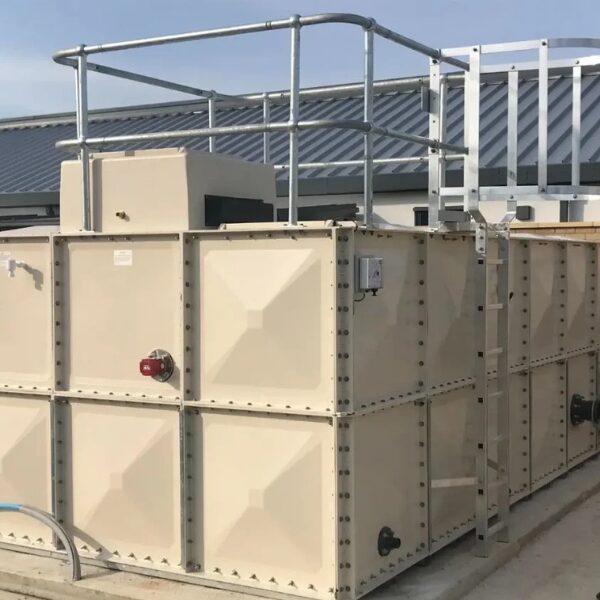
Read More...
- Water Tank Installation & Maintenance
- Cold Water Storage Tanks
- Case Studies

Cold Water Storage Tank Compliance in the UK: Regulations, Standards & Best Practices
Ensuring compliance with cold water storage tank regulations in the UK is essential for safeguarding water quality, maintaining system efficiency, and meeting legal obligations. From WRAS approval and LPCB certification to industry standards such as BS EN 13280, strict requirements govern the design, installation, and maintenance of water tanks.
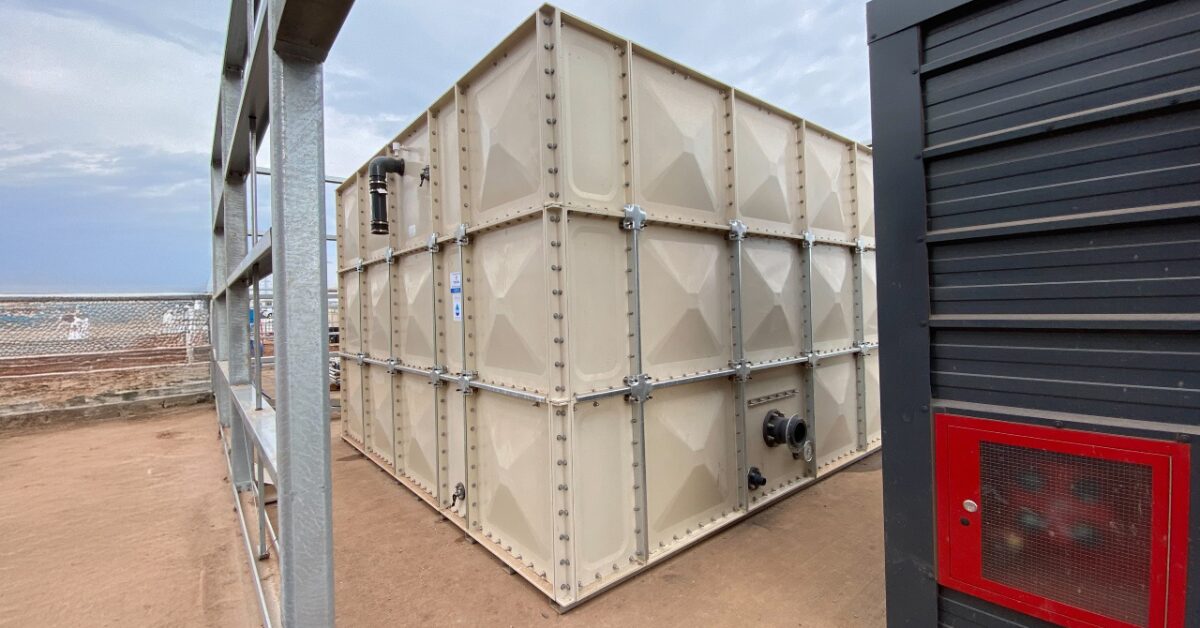
How to Maintain a Compliant Cold Water Storage Tank
Maintaining a cold water storage tank is not just about ensuring a reliable water supplyit is also a legal and safety requirement. A poorly maintained tank can pose serious risks, including bacterial growth such as Legionella, structural deterioration, or non-compliance with current regulations.
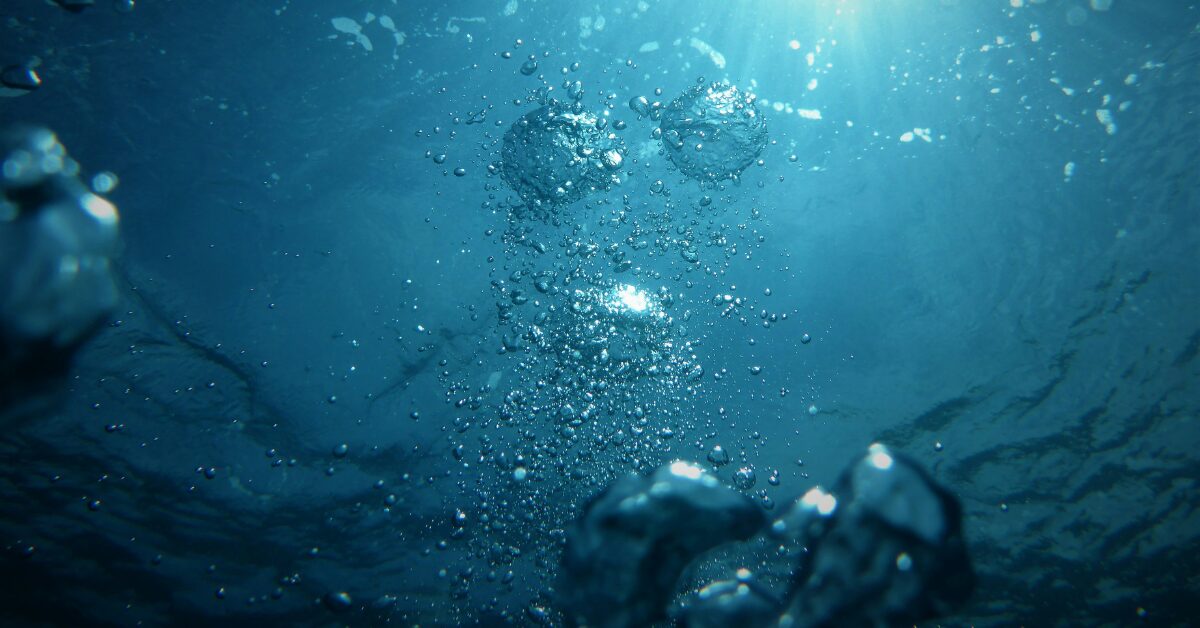
Leak in Water Tank: Causes, Prevention, and Solutions
Water tank leaks can lead to significant structural damage and water loss. Common causes include corrosion, poor installation, and lack of maintenance. To prevent leaks, it's essential to ensure proper installation, use high-quality materials, and conduct regular inspections. For detailed guidance on causes, prevention, and solutions for water tank leaks, refer to Tricel Water UK's comprehensive article.
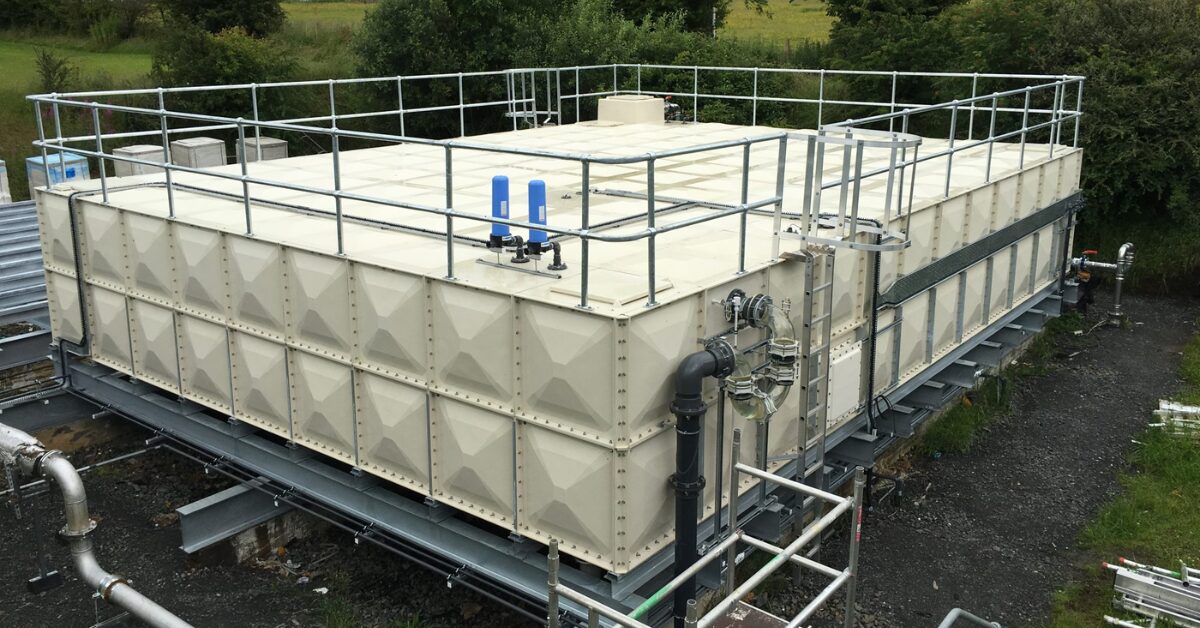
Importance of Base Levelling Steels
Proper base levelling is essential for the stability and longevity of your water tank. This guide explains why base levelling steels are crucial for preventing structural issues and ensuring your tank performs optimally over time.
